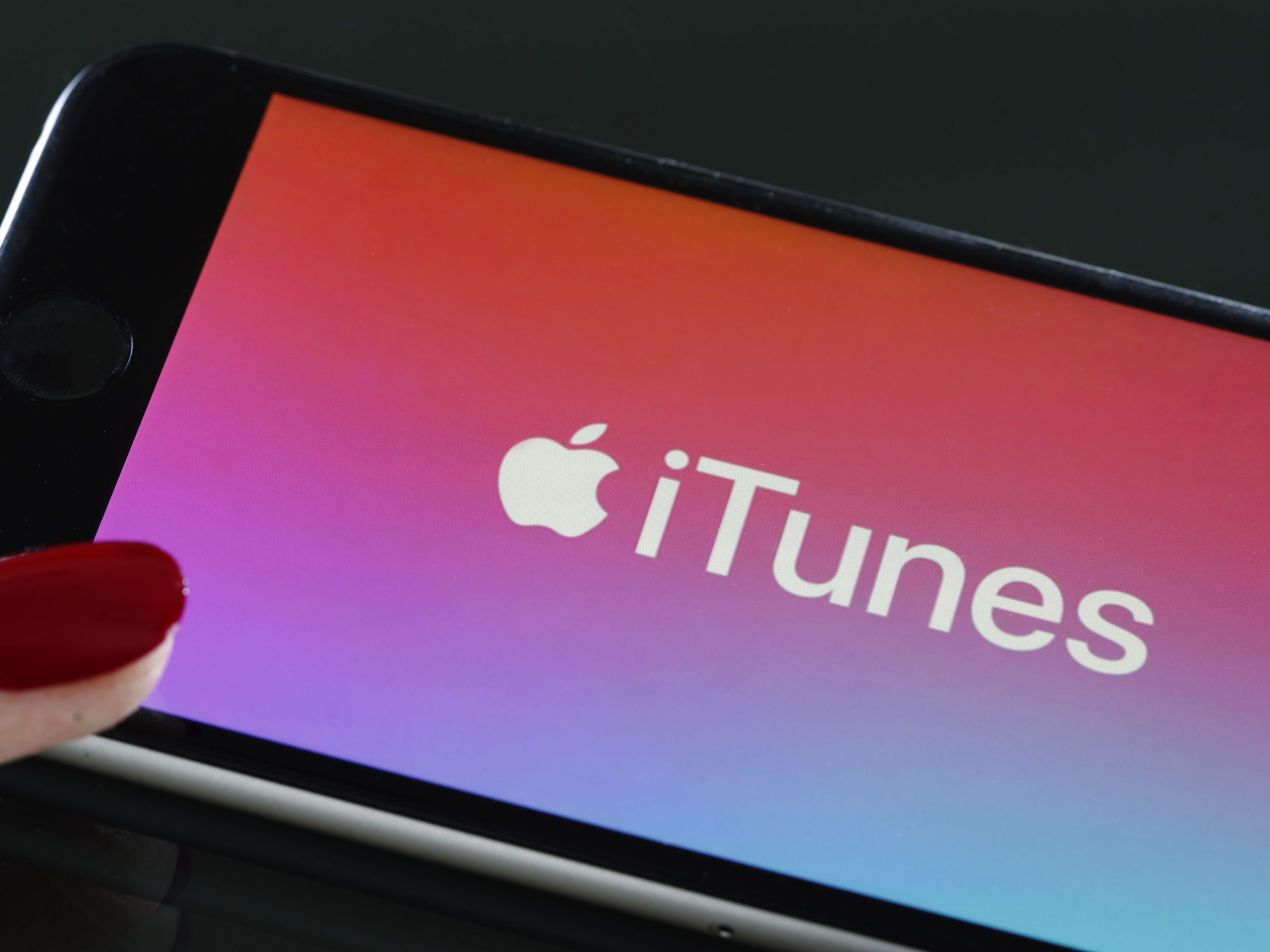With a helping hand from one of two software utilities, iTunes sharing can work outside your home network.
The sharing feature built into iTunes lets you stream your media collection to any other networked computer around the house that’s also running iTunes. While iTunes sharing (which uses the Bonjour network protocol) is intended to work only across a local network, with the help of either a Hamachi VPN or a utility called Simplify Media, you can stream iTunes over the Internet to access your content from distant locations like work or a hotspot.
Before you can use either of these options, you must configure iTunes sharing for both the system where your media is stored (we’ll call this system “home”) and the one you’ll use to listen remotely. On the home system, go to the Tunes Edit menu, choose Preferences, then the Sharing tab. Click Share my library on my local network, then choose whether you want to share your entire library or just selected playlists. You can enable the Require password option to keep unauthorized users from viewing or playing shared content.
Now go to the same iTunes Sharing tab on the remote system and enable Look for shared libraries. Your shared library should now appear in the left margin beneath the iTunes Store. (Note: iTunes must be open on the home system for the shared library to appear.) When you access the library the default view will be a comprehensive list of all available content, but you can click the triangle to display specific playlists or media types like podcasts, videos, etc.
With a few exceptions– most notably, material purchased from Audible.com– most types of iTunes content are available remotely via the Sharing feature. To play anything burdened with DRM, however, you must first authorize the remote computer with your iTunes account info (which you’ll be prompted to do the first time you try to access protected content), and you can only authorize five computers per iTunes account.
Now that you have iTunes sharing up and running, here are two options, each with some pros and cons, to make it work over the Internet as well.
Hamachi
Download LogMeIn’s Hamachi VPN software for Windows–which is free for non-commercial use– and install it on both systems. (Hamachi’s also available for the Mac, but it lacks a GUI and requires third-party network drivers.) For purposes of streaming iTunes, accepting the default installation options is fine, and you’ll need to assign your system a network “nickname”.
Now it’s time to set up the VPN connection between computers. On the home system, click Hamachi’s lower-left power button to activate the utility, then click the Create or Join Network button (the triangle) and select Create new network. Give your network a name and a password (the network name must be unique, so it may take a few tries to find one that’s not already in use) then click Create. Repeat this process on the remote system, except select Join new network and enter the network name and password you’ve already chosen.
When the home and remote systems are successfully connected, the Hamachi status window on each will display a green star alongside the nickname of the linked system. At this point you have a secure connection back to your local network, so when you run iTunes from anywhere with a decent Internet connection, media sharing should run just as it does at home.
To ensure iTunes sharing will be available when you hit the road, you’ll want to verify your Hamachi network is up and running and that iTunes is open before you leave. As long as you keep your network name and password to yourself, nobody else should be able to see or join it, but as an added layer of security you can right-click the network name, choose Details, then Access, then check Do not accept new network members. (Caveat: this will prevent you from connecting to your VPN with any system other than the one that you’ve already joined to the network–something to keep in mind if you ever want to stream to a different remote computer.)
Simplify Media
An alternate way to stream iTunes audio remotely (but not video, unfortunately) is with the Simplify Media peer-to-peer utility, which is available for Windows or Mac (and free). The software is actually designed to let a group of friends stream from your music collection and vice-versa, but it works just as well even if the only person you want to share with is yourself.
To remotely stream iTunes, install the Simplify Media utility on each system– but create only one user account and use it sign in on both systems. Then from the home system, go to Simplify Media’s File|Options menu, select the Music tab, then under Sharing Type, choose iTunes library and playlists. Under Playlist Sharing, choose whether you want to share the entire library, or just certain playlists. Because Simplify Media doesn’t rely on iTunes’ built-in sharing mechanism, you don’t need to turn on iTunes sharing on your home system, but you’ll still need to enable Look for libraries on the remote one.
As soon as you enable sharing, Simplify Media utility will inventory the content and make it available on the remote system–when you fire up iTunes, you’ll see it within a shared library. As with local sharing or sharing via VPN, the remote system will still need account authorization to play protected content, but unlike those options, Simplify Media doesn’t require iTunes to be open for remote streaming to work.



